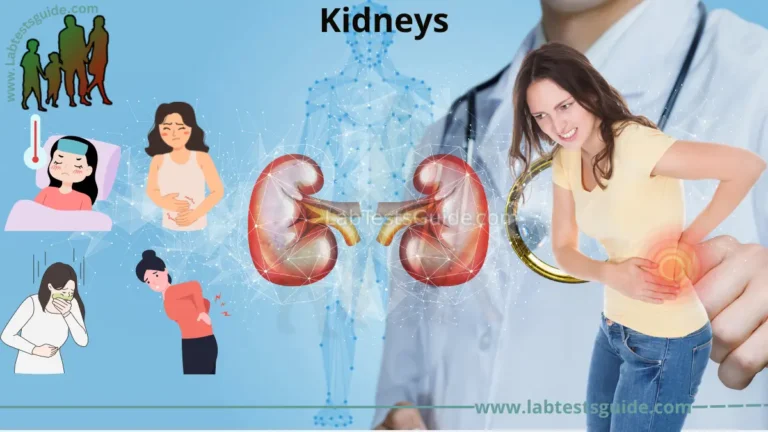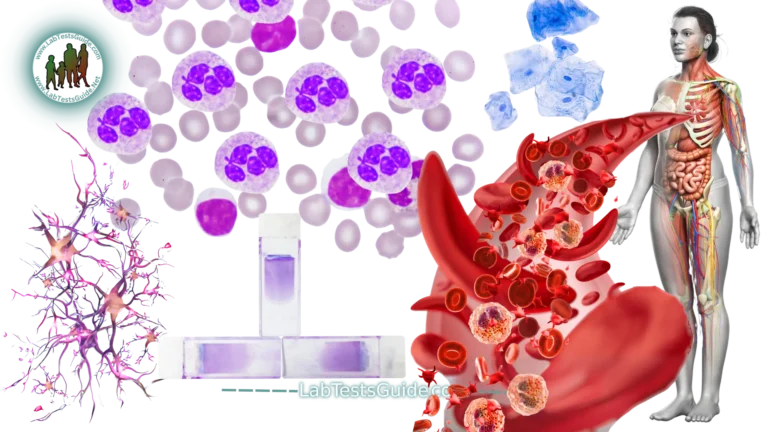The stomach is a muscular organ located on the left side of the upper abdomen. The stomach receives food from the esophagus. When food reaches the end of the esophagus, it enters the stomach through a muscular valve called the lower esophageal sphincter.

Defination:
Your stomach is an organ between the esophagus and the small intestine. It is where protein digestion begins. The stomach has three tasks. Store eaten food. Mix food with stomach acids. Then it sends the mixture to the small intestine.
Most people have stomach problems at one time or another. Indigestion and heartburn are common problems. You can alleviate some stomach problems with over-the-counter medications and lifestyle changes, such as avoiding fatty foods or eating more slowly. Other problems like peptic ulcers or GERD require medical attention.
You should see a doctor if you have any of the following symptoms:
- Blood when you have a bowel movement
- Severe abdominal pain
- Heartburn that is not relieved by antacids
- Involuntary weight loss
- Continual vomiting or diarrhea
Functions of Stomach:
As mentioned above, the stomach is first and foremost a main site of digestion. In fact, it is the first real digestive site for protein. While sugars may begin to be slightly digested by salivary enzymes in the mouth, protein breakdown will not occur until the bolus reaches the stomach. This breakdown is done by the stomach enzyme pepsin. Basically, the functions of the stomach can be summarized into three functions.
Main functions of the stomach:
- Food storage
- Acid disintegration of ingested food.
- Sends the mixture to the next phase in the small intestine
Stomach conditions:
- Gastroesophageal reflux: stomach contents, including acid, can travel back up the esophagus. There may be no symptoms or reflux can cause heartburn or coughing.
- Gastroesophageal Reflux Disease (GERD): When symptoms of reflux become bothersome or occur frequently, they are called GERD. Rarely, GERD can cause serious problems with the esophagus.
- Dyspepsia – Another name for an upset stomach or indigestion. Dyspepsia can be caused by almost any benign or serious condition that affects the stomach.
- Gastric ulcer (stomach ulcer): erosion in the lining of the stomach that often causes pain and / or bleeding. Gastric ulcers are most often caused by NSAIDs or H. pylori infection.
- Peptic ulcer disease: Doctors consider ulcers in the stomach or duodenum (the first part of the small intestine) as peptic ulcer disease.
- Gastritis – inflammation of the stomach, often causing nausea and / or pain. Gastritis can be caused by alcohol, certain medications, H. pylori infection, or other factors.
- Stomach cancer: Stomach cancer is a rare form of cancer in the US Adenocarcinoma and lymphoma make up the majority of stomach cancer cases.
- Zollinger-Ellison syndrome (ZES): One or more tumors that secrete hormones that increase acid production. Severe GERD and peptic ulcer are the result of this rare disorder.
- Gastric varicose veins: In people with severe liver disease, the veins in the stomach can swell and bulge under increased pressure. Called varices, these veins have a high risk of bleeding, although less than esophageal varices.
- Stomach bleeding – Gastric ulcers, ulcers or gastritis can bleed. Seeing blood or black material in your vomit or stool is usually a medical emergency.
- Gastroparesis (delayed gastric emptying): Nerve damage from diabetes or other conditions can affect the contractions of the stomach muscles. Nausea and vomiting are the usual symptoms.
Stomach Tests:
- Upper endoscopy (esophagogastroduodenoscopy or EGD): A flexible tube with a camera at the end (endoscope) is inserted through the mouth. The endoscope allows you to examine the esophagus, stomach, and duodenum (the first part of the small intestine).
- CT scan (CT scan): A CT scan uses X-rays and a computer to create images of the stomach and abdomen.
- Magnetic Resonance Imaging (MRI): Using a magnetic field, a scanner creates high-resolution images of the stomach and abdomen.
- PH test: With a tube through the nose into the esophagus, the acid levels in the esophagus can be monitored. This can help diagnose or change your GERD treatment.
- Barium swallow: After swallowing barium, x-rays of the esophagus and stomach are taken. Sometimes this can diagnose ulcers or other problems. Hospitals that don’t have the budget to get a brand new C-Arm might use a Refurbished C-Arm Machine but the imaging will produce the same result.
- Upper GI series: X-rays of the esophagus, stomach, and upper small intestine are taken.
- Gastric emptying study: test of how fast food passes through the stomach. The food is labeled with a chemical and viewed on a scanner.
- Stomach biopsy: During an endoscopy, a doctor may take a small sample of tissue from the stomach for analysis. This can diagnose an H. pylori infection, cancer, or other problems.
- H. pylori test: While most people with H. pylori infection do not develop ulcers, simple blood or stool tests may be done to detect infection in people with ulcers or to verify that the infection clears after treatment.
Related Content
| Keywords: Disease, Stomach, Diseases, Stomach, Stomach Disease, Stomach Diseases, stomach disorder, Stomach disease, STOMACH DIS, GASTRIC DIS, Gastric disease, Disease of stomach, gastropathy (diagnosis), gastropathy, Stomach Diseases [Disease/Finding], gastric disorder, gastric disease, stomach disease, stomach diseases, disease of stomach, diseases of the stomach, stomach disorders, Stomach Disorders, Gastric disorders, Gastric Disorders, Gastropathy (disorder), Stomach diseases, Gastric disorder, Stomach–Diseases, Gastropathy, disorder; stomach, stomach; disorder, Disease of stomach, NOS, Disorder of stomach, Disease of stomach (disorder), Disorder of stomach (disorder), Disease, Gastric, Diseases, Gastric, Gastric Diseases, Gastric Disease, Stomach Disorder |
Possible References Used






